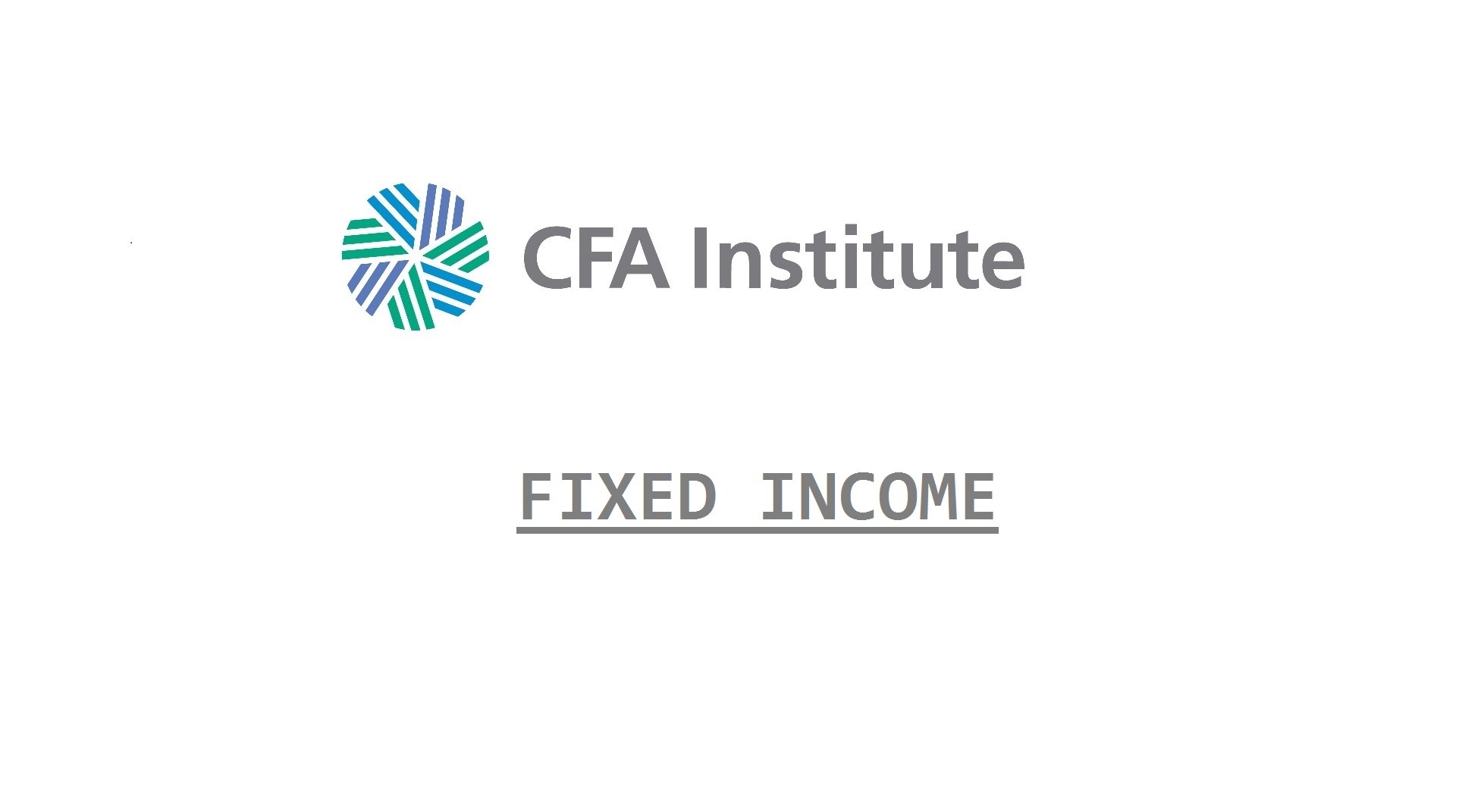Bond duration is one of the measure of interest rate risk on a bond. It measures the sensitivity of a bond’s price to changes in interest rates. One assumption of duration analysis is that all other variables are fixed. Essentially, bond duration tells us how much longer or shorter we need to hold a bond to realize the discount yield at purchase. This holding period changes because interest rates effect the value of reinvesting coupons. There are three types of duration, the Macaulay duration, the modified duration, and the effective duration.
Macaulay Duration
By reinvesting coupons, the time to realize the initial market discount rate on a bond should be shorter than the full maturity of the bond. The Macaulay duration is a measure of weighted average time to the receipt of the interest and principle payments that realize the original YTM. A Macaulay duration of 7 for a 10-year, 4% YTM bond means that at current market rates, it will be 7 years until the 4% YTM is achieved.
Modified Duration
Modified duration is adjusted MacDur, which allows us to calculate the percent change in PV of bond given a change the bonds YTM. Note that the %Change equation below requires annualized ModDur.
- Modified Duration = MacDur/(1+r)
- %Change PV of Price = -AnnModDur x Change in Yield
If the Macaulay Duration is known, then we can easily calculate the ModDur. Otherwise, we may have to approximate the ModDur.
- ApproxModDur = [(PV–) – (PV+)]/[2 x (Change in yield) x (PV0)]
- Where PV– and PV+ are the PV of the bond price given a decrease or increase in yield, respectively.
The above equation is essentially a slope calculation of a tangent line to the ModDur curve.
Effective Duration
Effective duration allows us to assess the effect of changes in benchmark interest rates on bond prices. It is similar to the ApproxModDur equation but replaces change in yield with change in benchmark curve. This is a more effective measure of interest rate risk for complex bonds, such as callable bonds, as their prices do not only depend on YTM.
- EffDur = [(PV–) – (PV+)]/[2 x (Change in curve) x (PV0)]
Once we know the EffDur, we can determine the change in price of the bond.
- Approximate Percent Price change = – duration x change in yield x 100
Portfolio Duration
Bond portfolios also have durations. This value can be calculated by aggregating the sum cash flows of the bonds, or by using a weighted average of the individual bond durations. However, this assumes that each that each of the bonds will have the same change in yield.
